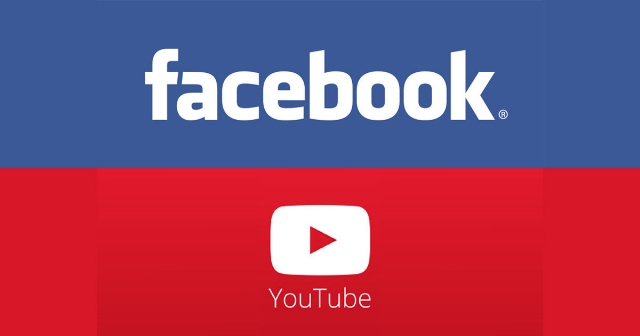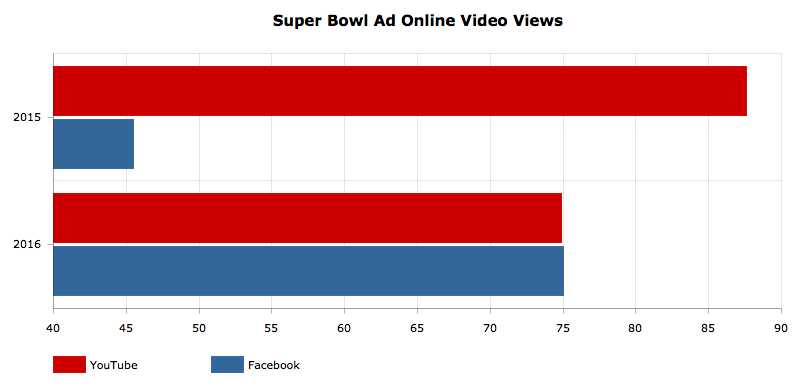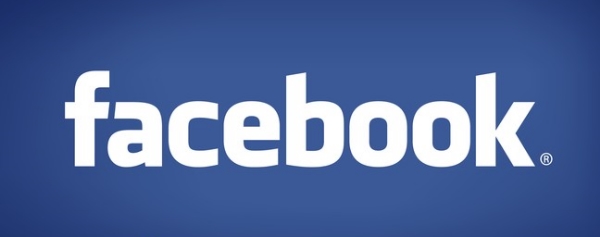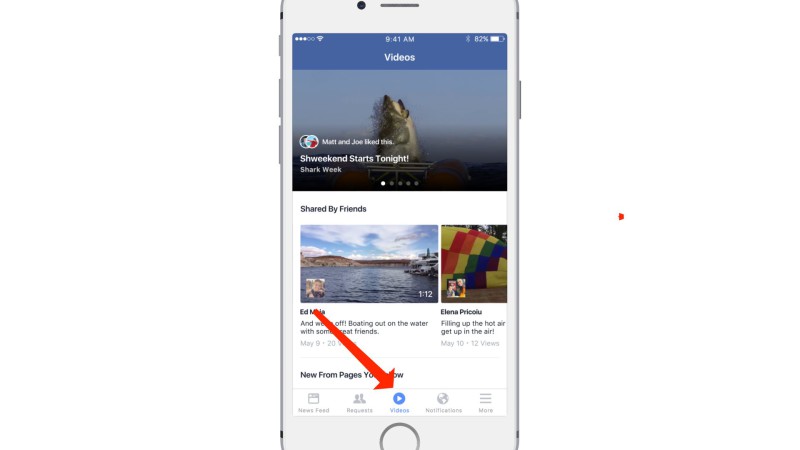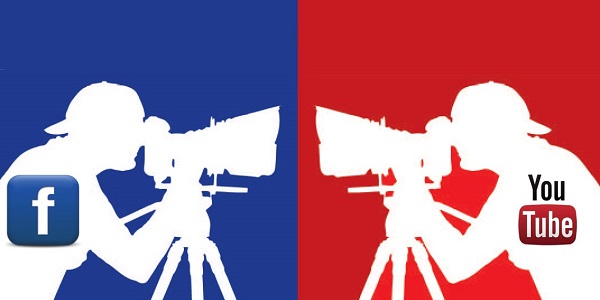
Facebook is overhauling its Video Metrics section of Page Insights with several new improvements and features to improve how it allows users to track video engagement. To start with, the company is completely redesigning the entire interface to the Video Metrics section. But, it is also launching a few highly requested metrics to better gauge how users are watching videos on the platform.
Since Facebook has launched the video portion of its platform, it has allowed Page owners to track total view counts on videos. However, it did not provide any information on how long people watched for or if they clicked away at some point in the video.
Now, Facebook will display the total minutes viewed watching a video, so Page Owners can tell if they are losing viewers mid-watch and get a better perspective on the effectiveness of their videos. The company says it was the number one most requested feature.
In addition to this, Page owners are also now able to track views more closely with the new 10-Second Views metric, which shows how many viewers watched for at least 10 seconds. This is big for two reasons. On one hand, Facebook has received criticism for counting any view over three seconds in their video counts, compared to YouTube’s harsher 30 second standard for view counts.
The new 10-Second Views metric is also important because Facebook announced last summer that advertisers will only be charged for ad views if their video was watched for more than 10 seconds.
Alongside these view-length metrics, Facebook also rolled out an interesting new metric that gives Page owners a better idea of exactly how users are watching their videos.
Within the Insights view of individual videos, Page owners can see the amount of people that viewed a video with the sound on vs with the sound off. This lets Page owners get an idea of their audience and how their videos are being interacted with.
For example, if the majority of views are coming from users with the sound off, there is a good chance your audience is primarily watching videos at work, school, or in another public space where sound shouldn’t be turned on. You can take this into account with your future ads by being sure to optimize sub-titles and perhaps take a more visual approach with your content.
These changes allow Page owners and advertisers to gain a much deeper insight into how their ads and videos are performing, and that means allowing them to make even better ads and videos for their audience. If you want to make sure your ads are really successful, you should consider giving these new video metrics a look.

